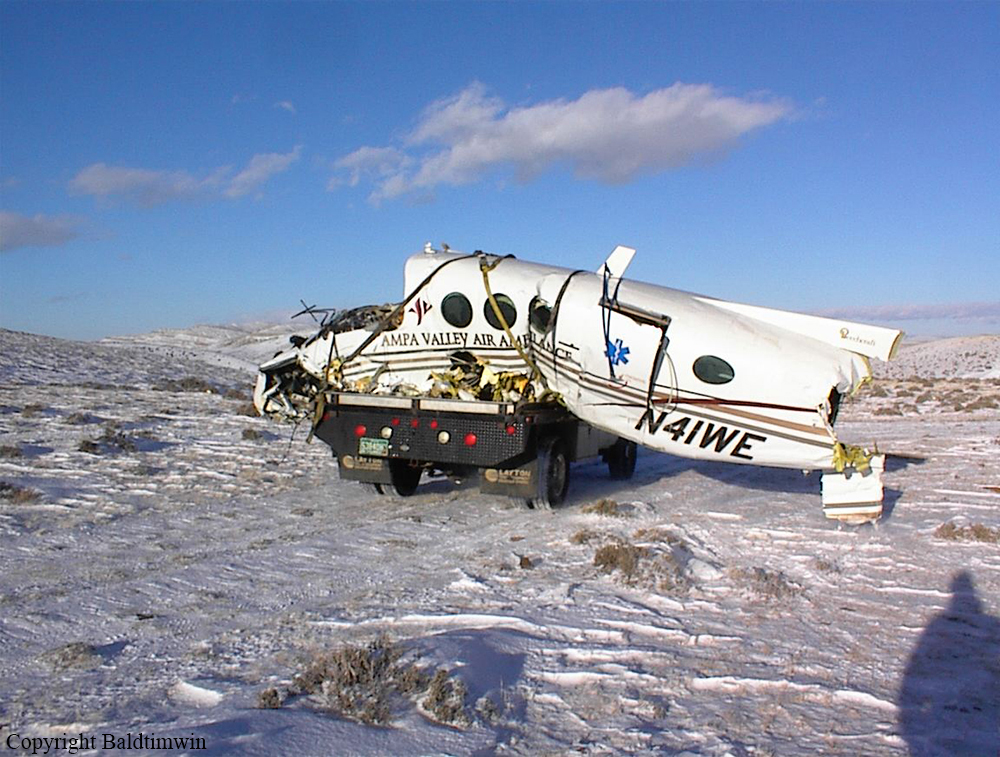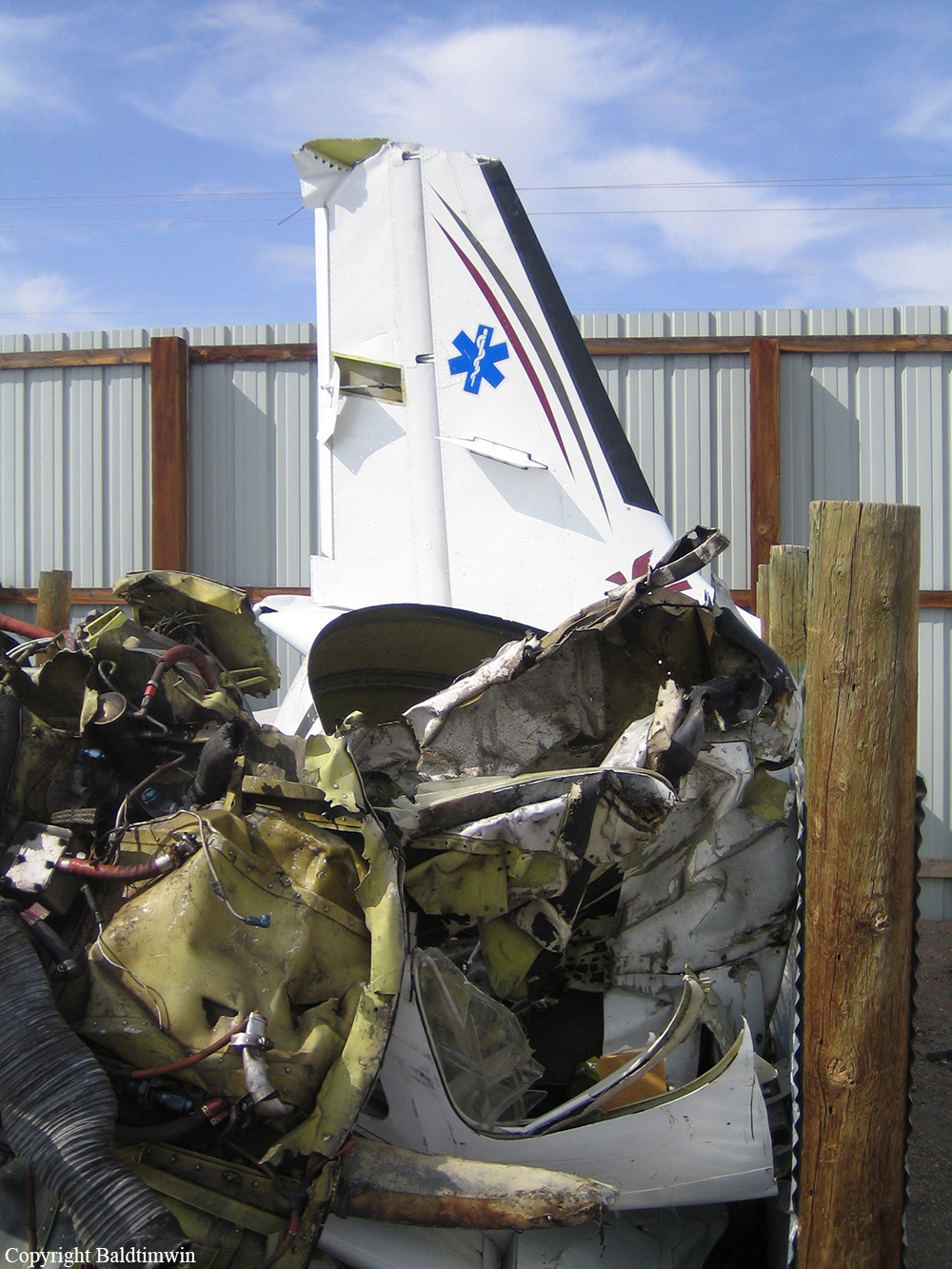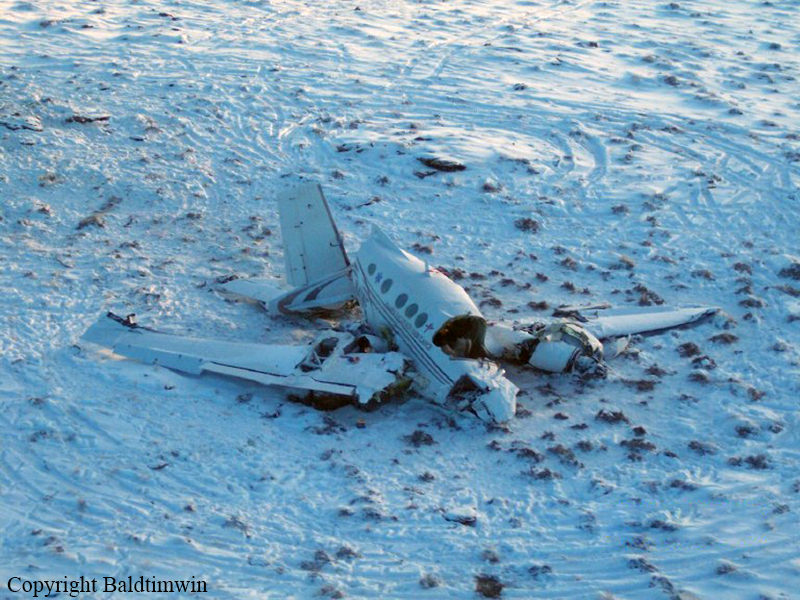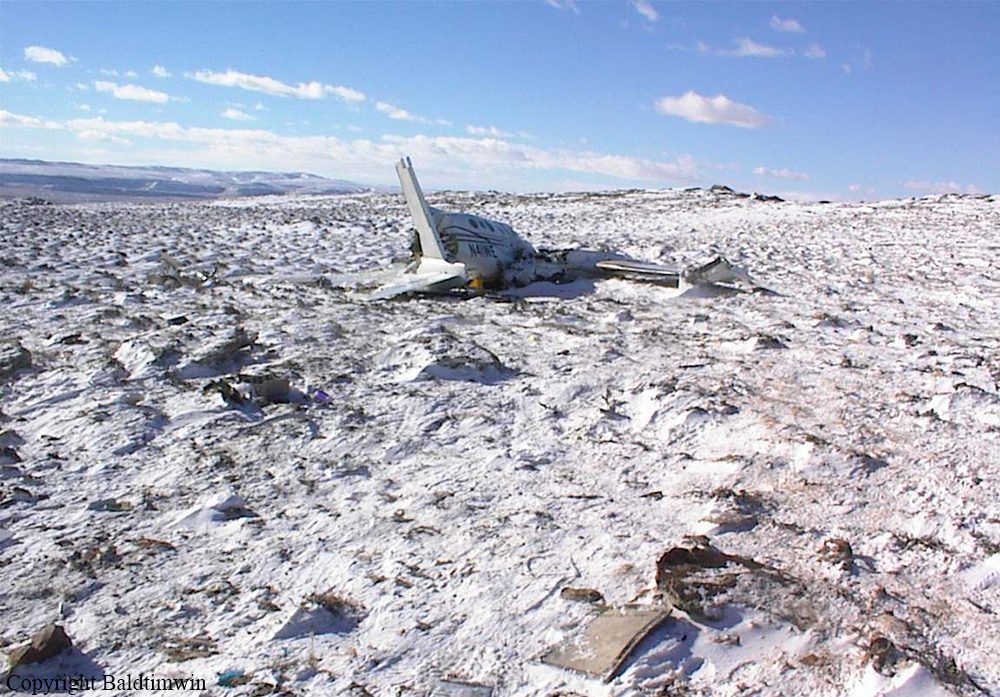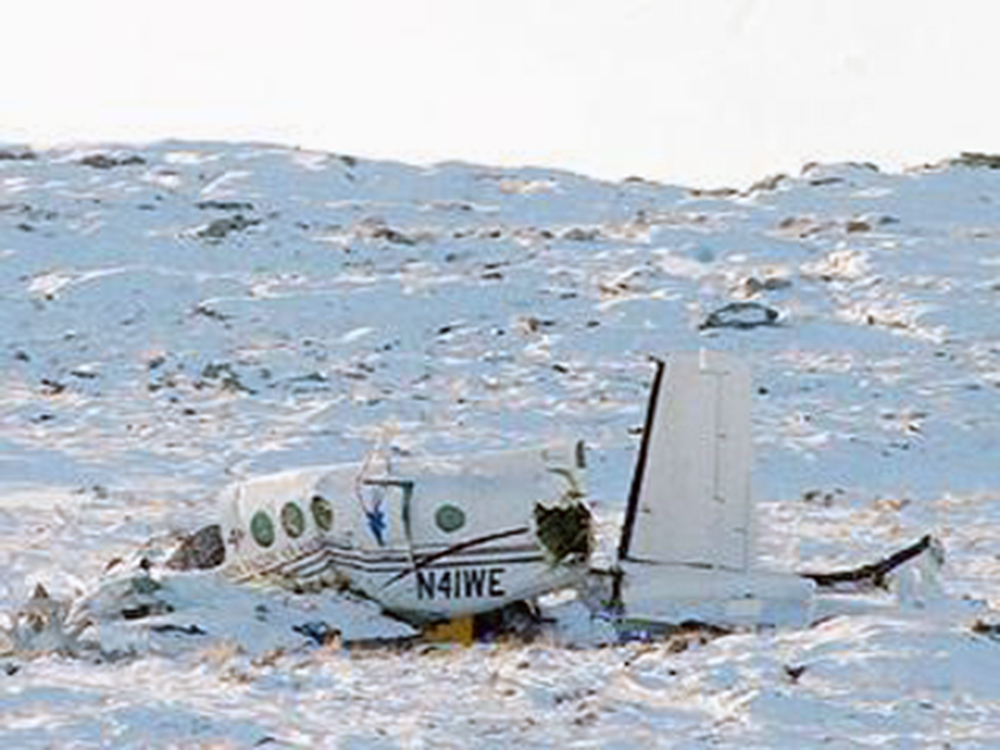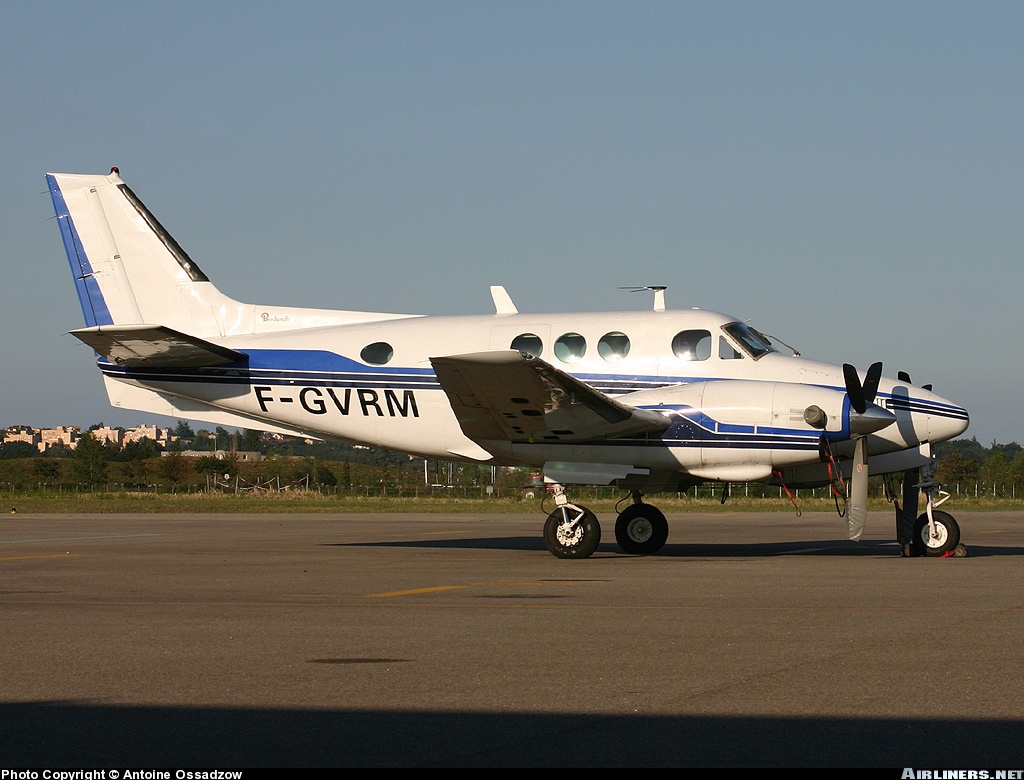Crash of a Beechcraft C90 King Air in Marble Canyon
Date & Time:
Jun 13, 2005 at 1500 LT
Registration:
N49LL
Survivors:
Yes
Schedule:
Bermuda Dunes – Marble Canyon
MSN:
LJ-1316
YOM:
1992
Crew on board:
1
Crew fatalities:
Pax on board:
1
Pax fatalities:
Other fatalities:
Total fatalities:
0
Aircraft flight hours:
3655
Circumstances:
The airplane descended to ground impact while maneuvering during a go-around. The pilot was meeting friends at the airport. The friends and their pilot arrived first, and were waiting at the departure end of runway 03. The airplane approached on a straight-in to runway 03. They thought that everything looked good on the approach. Due to a hump in the runway, they lost sight of the airplane just before it would have touched down. They then saw the airplane climbing back up on a go-around. As the airplane came abeam of their position, they saw it enter a steep banked left turn at an angle of bank they estimated between 60 and 80 degrees. At this point the landing gear was still down and the altitude was 200 feet above the ground. The witnesses saw the airplane's nose suddenly drop and the airplane then descended rapidly to the ground. No evidence of a preimpact mechanical malfunction or failure was found during detailed examination of the airframe systems and engines.
Probable cause:
The pilot's failure to maintain an adequate airspeed while maneuvering during a go-around, which resulted in a stall.
Final Report:


